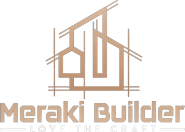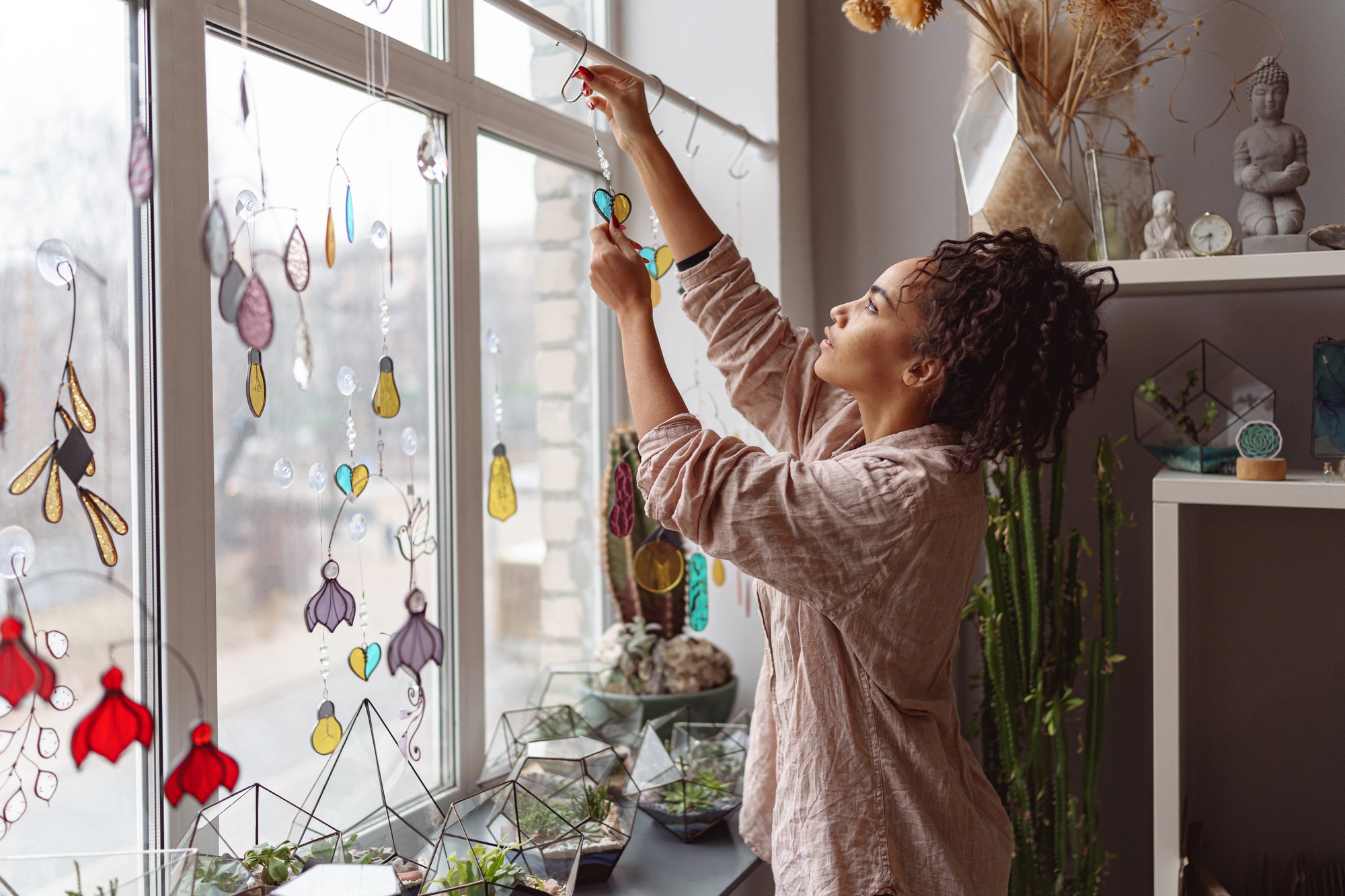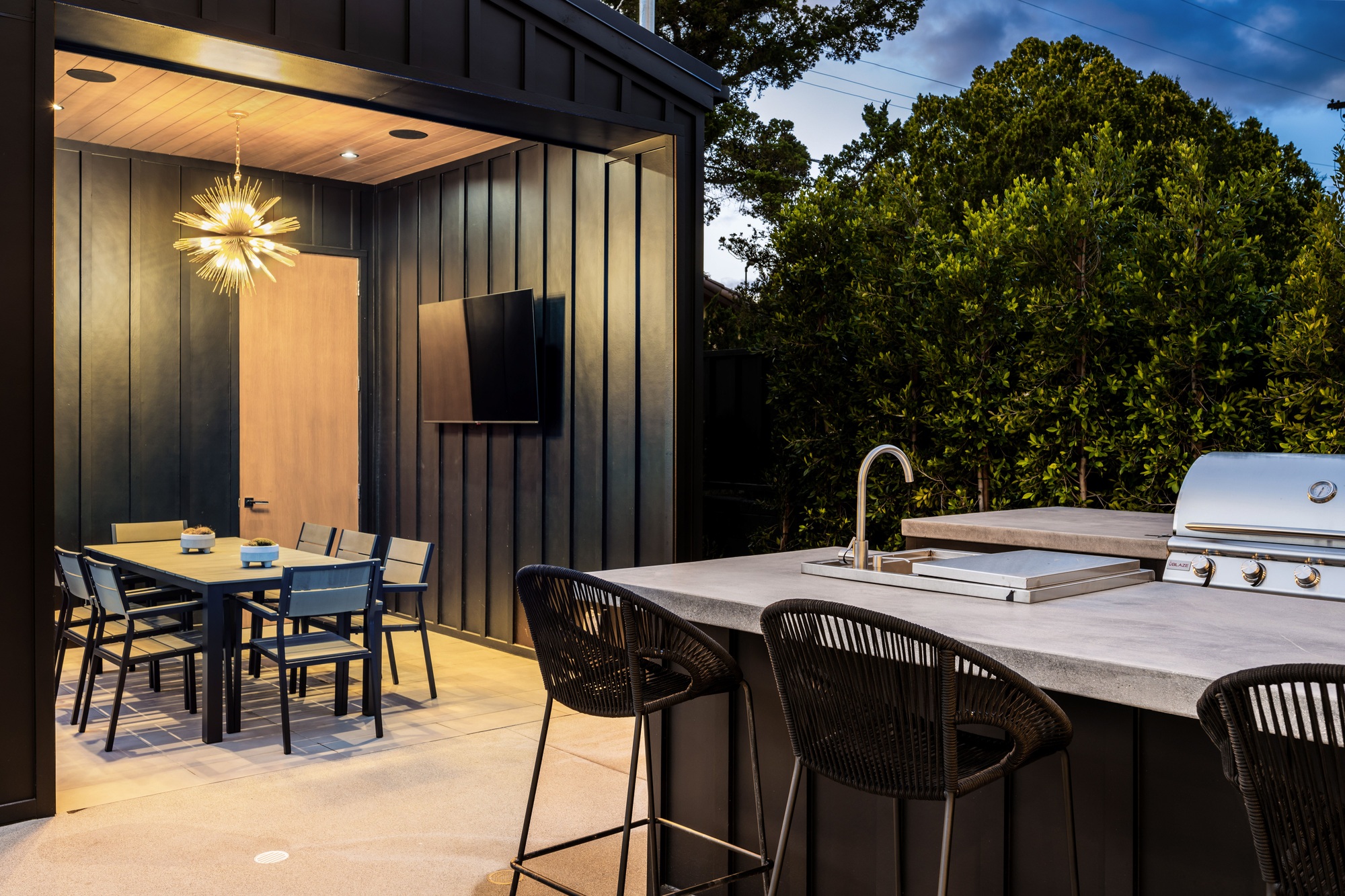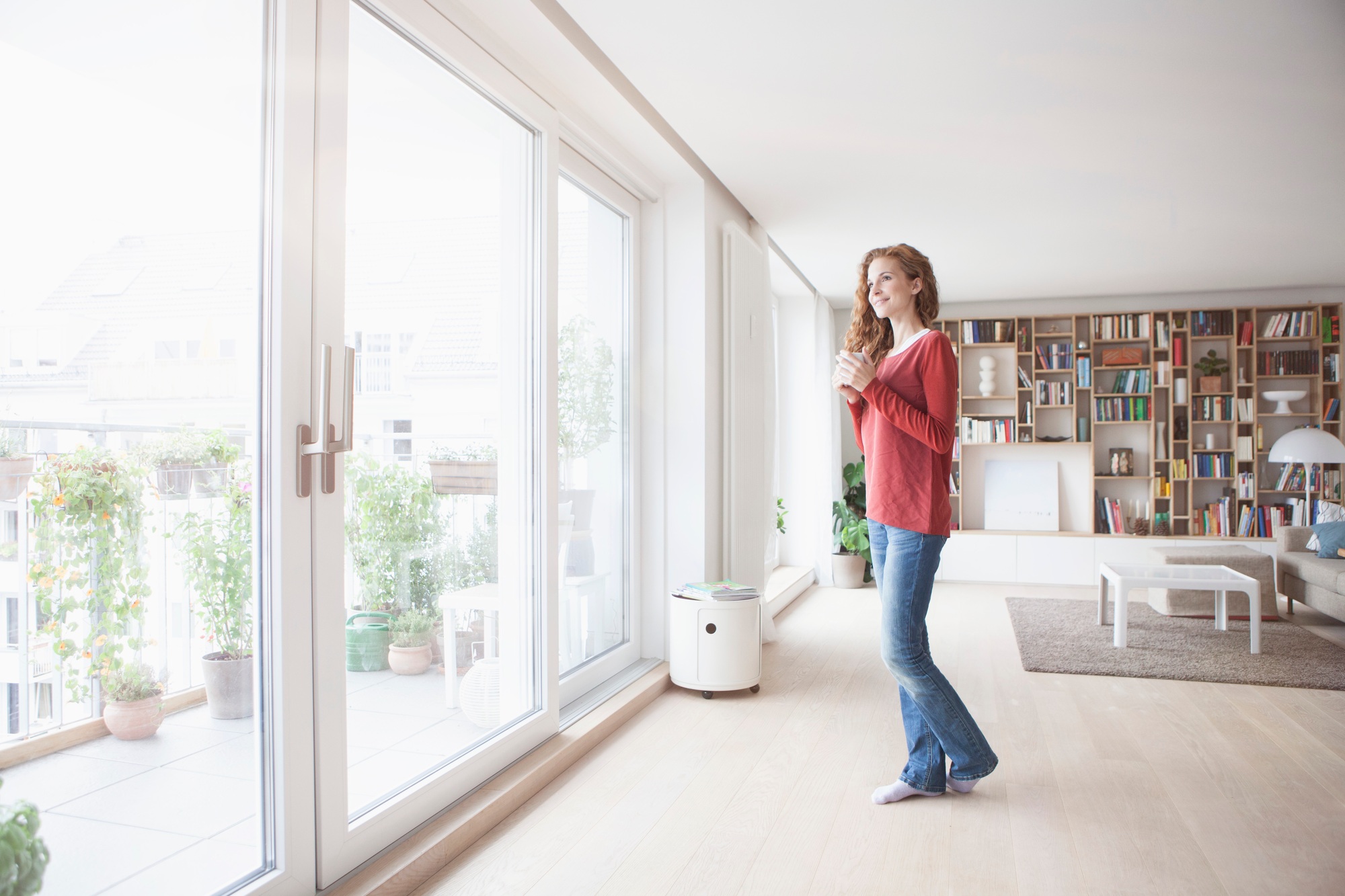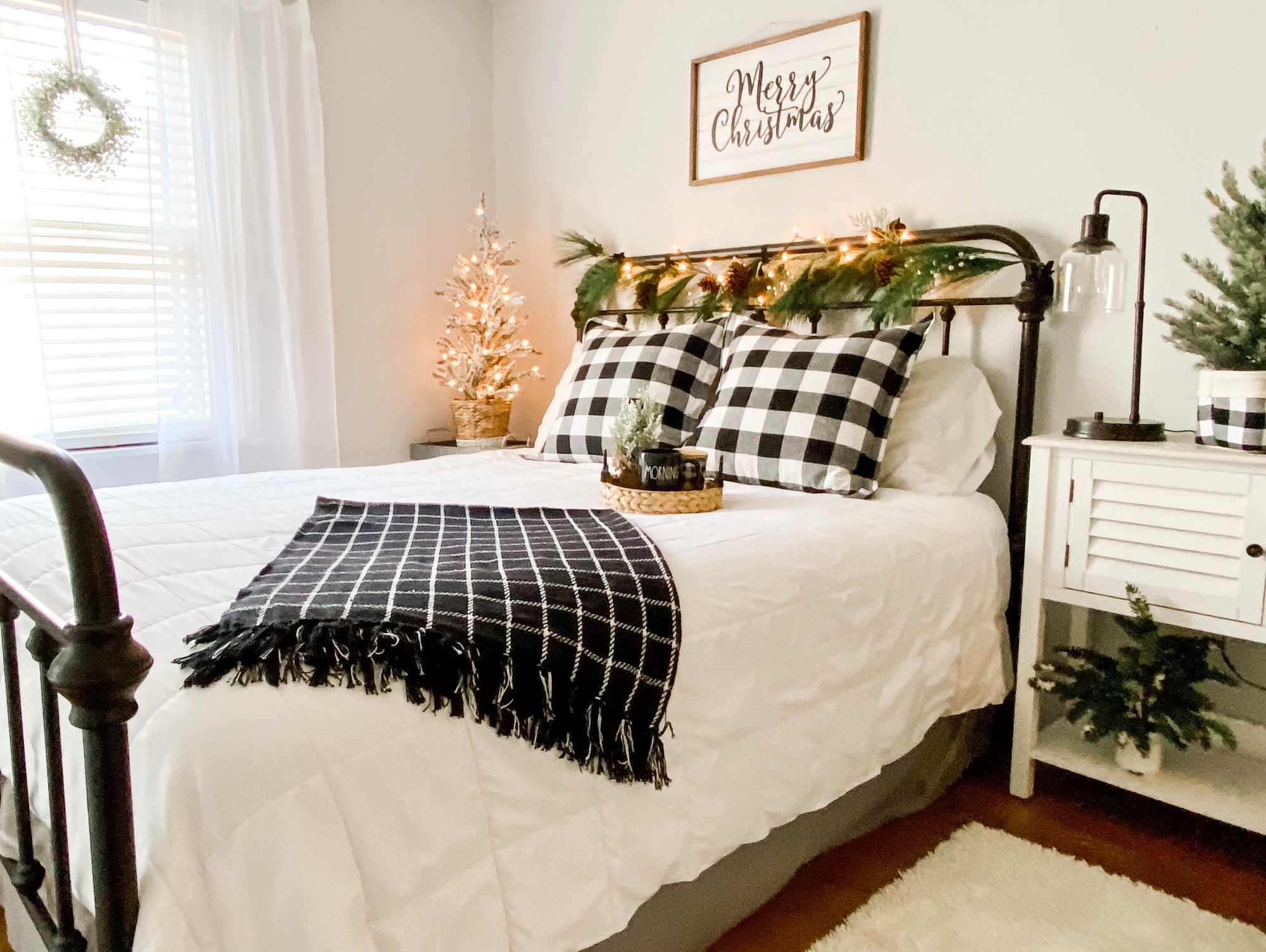Your entryway does more than just greet guests. It sets the tone for your entire home, manages daily clutter, and supports your lifestyle in ways you might not even realize. Whether you have a grand foyer, a small hallway, or a tucked-away corner, designing a hardworking entryway brings beauty and function together.
In this guide, we will explore how to maximize your entry space through smart storage, thoughtful design, and seamless style, no matter your home’s layout.
Why Your Entryway Matters
The entryway is the first and last thing people see when they visit. It is also the transition zone between the outside world and your inner sanctuary. A well-designed entryway:
- Provides practical storage for daily essentials
- Enhances organization and minimizes household mess
- Establishes the aesthetic tone for the rest of the home
- Supports smoother routines by making it easy to come and go
- Boosts home value by offering a polished first impression
Overlooking this space often leads to cluttered floors, misplaced keys, and frustration. Investing in thoughtful design here streamlines daily life and elevates the entire living experience.
Essential Elements for a Functional Entryway
Whether you are starting fresh or refreshing your current space, these components are crucial for a high-performing entryway.
1. Smart Storage Solutions
Storage is the foundation of a hardworking entryway. Without it, shoes, bags, and jackets quickly take over.
Options to consider:
- Built-in cubbies: Perfect for busy families, giving everyone a personal storage spot.
- Wall hooks: Ideal for hanging coats, hats, and bags without taking up floor space.
- Console tables with drawers: Offer a surface for mail and keys, with hidden storage for other small items.
- Storage benches: Combine seating with a place to stash shoes, backpacks, or umbrellas.
- Baskets and bins: Keep smaller items corralled while adding a stylish touch.
Pro tip: Choose storage that fits the scale of your entryway. In small spaces, wall-mounted solutions maximize the available footprint. In larger foyers, furniture-like storage pieces can anchor the space with purpose.
2. A Durable, Stylish Surface
The right flooring in an entryway stands up to heavy foot traffic, moisture, and dirt. Choosing materials wisely ensures the space stays beautiful and functional for years to come.
Best flooring choices:
- Tile: Durable, water-resistant, and easy to clean. Natural stone, porcelain, and ceramic are popular options.
- Luxury vinyl plank (LVP): Offers the look of hardwood with better resistance to water and scuffs.
- Sealed hardwood: Warm and beautiful, but make sure it is properly sealed to protect against moisture.
Adding a washable runner or area rug helps protect flooring and brings softness to the space. Look for rugs designed specifically for high-traffic areas to ensure longevity.
3. Defined Zones
Even in small entryways, defining clear zones creates order and flow. Zoning helps every item find its rightful place and makes coming and going effortless.
Key zones include:
- Drop zone: A small table, tray, or shelf for keys, mail, and sunglasses.
- Seating zone: A bench or chair makes it easier to put on or remove shoes.
- Outerwear zone: Hooks, a coat closet, or a stand for jackets, scarves, and hats.
- Shoe zone: A designated spot for everyday footwear keeps floors clean and organized.
- Pet zone: If you have pets, consider a dedicated spot for leashes, treats, and supplies.
Dividing the space into zones ensures that everything has a place, minimizing clutter and keeping the household organized.
Design Tips for Entryways Big and Small
Your layout plays a big role in how you design your entryway. Here is how to tailor your approach:
Open-Concept Homes
When the front door opens directly into a large living space, it is essential to define the entryway visually.
Ideas to try:
- Use an area rug to carve out an “entry zone.”
- Add a small console table and a mirror to establish a visual pause.
- Place a coat rack or tall storage cabinet to suggest separation from the main living area.
Lighting also helps. A pendant light or stylish flush-mount fixture over the entry creates a sense of place and makes the entry feel intentional.
Small Foyers and Hallways
In a compact space, smart choices are critical.
Design strategies:
- Mount floating shelves instead of using bulky tables.
- Use slim benches or stools that double as storage.
- Hang a vertical mirror to make the space feel larger and brighter.
- Opt for hooks or peg rails instead of free-standing coat racks.
Do not overcrowd the space. A few well-chosen pieces make a small entryway feel welcoming, efficient, and thoughtfully curated.
Separate Mudrooms
If you are lucky enough to have a separate mudroom, use it to its full potential.
Organizational must-haves:
- Durable surfaces like tile or beadboard to handle wear and tear.
- Designated cubbies or lockers for each family member.
- Built-in cabinetry for seasonal storage.
- Hooks at various heights for kids and adults alike.
- A deep sink or hose station for easy cleanups, especially in colder climates.
Mudrooms are hardworking by nature but can still reflect the design style of the rest of your home with coordinated colors, textures, and finishes.
Styling Your Entryway: Balancing Beauty and Function
Once the functional elements are in place, layer in style to make your entryway memorable.
Mirrors
Mirrors serve both style and function:
- Reflect light to make small spaces feel larger
- Provide a quick spot to check your appearance before heading out
- Add decorative impact with interesting frames or shapes
Choosing an oversized mirror can also create a dramatic, welcoming feel right at the front door.
Lighting
Good lighting sets a welcoming tone.
Options include:
- A statement pendant light for drama and warmth
- Wall sconces to add softness and layered light
- A table lamp on a console for a cozy glow
Warm white bulbs create a more inviting atmosphere than harsh cool lights. Adjustable lighting gives you even more control over mood and brightness.
Art and Accessories
Bring personality into the space with:
- Artwork that reflects your style
- A decorative tray or bowl for small essentials
- Plants or fresh flowers to add life and color
- Seasonal décor swaps to keep the space feeling fresh throughout the year
Balance practical needs with decorative touches to make your entryway both beautiful and functional.
Entryway Trends for 2025
Looking ahead, several trends are shaping entryway design:
- Minimalist organization: Clean lines, neutral palettes, and hidden storage for a calm, welcoming feel.
- Sustainable materials: Eco-friendly flooring, reclaimed wood furniture, and natural fibers.
- Smart entry systems: Digital door locks, motion-sensing lights, and built-in charging stations.
- Biophilic design: More greenery and nature-inspired elements to bring the outdoors in.
- Personalization: More homeowners are incorporating personalized art, custom furniture, and family-focused design elements into their entryways.
Blending these trends with timeless design principles ensures your entryway will look and function beautifully for years to come.
Final Takeaways: Building a Better Entryway
A well-designed entryway is about more than looks. It is about supporting your lifestyle, reducing daily stress, and creating a space that welcomes you home.
To build an entryway that works harder:
- Prioritize smart storage solutions
- Choose durable, stylish materials
- Define zones clearly, even in small spaces
- Layer in mirrors, lighting, and personal style
- Embrace thoughtful trends that add value and comfort
- Tailor design choices to fit your unique household needs
Start by evaluating your current entryway. What works? What does not? Even small updates can make a big difference. Whether you live in a compact city home or a sprawling suburban estate, a functional and beautiful entryway makes coming home feel better every day.
